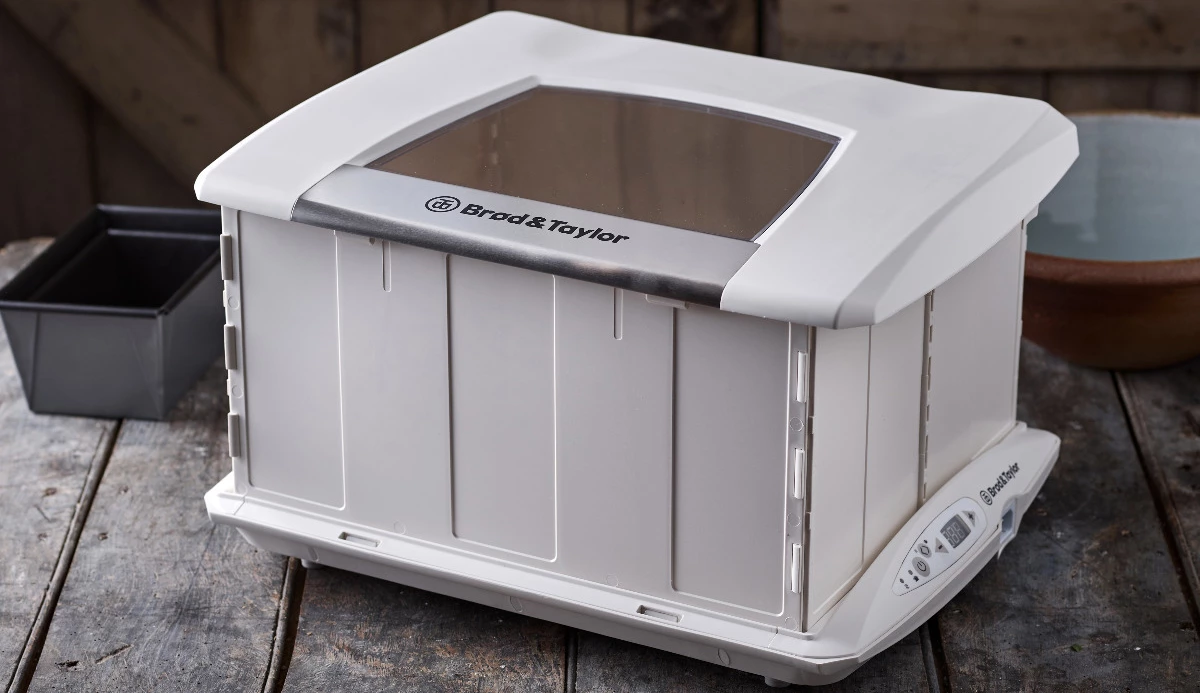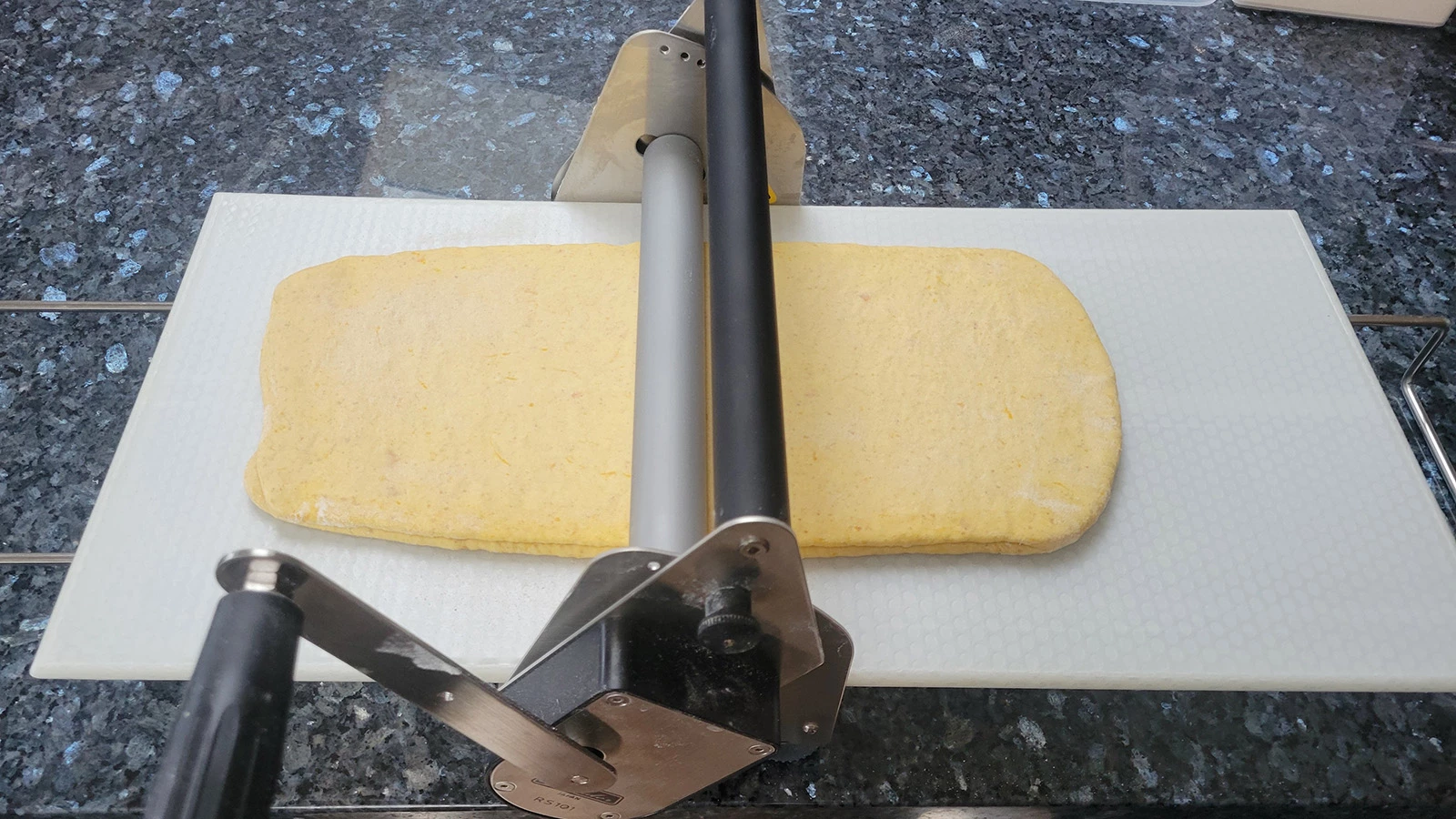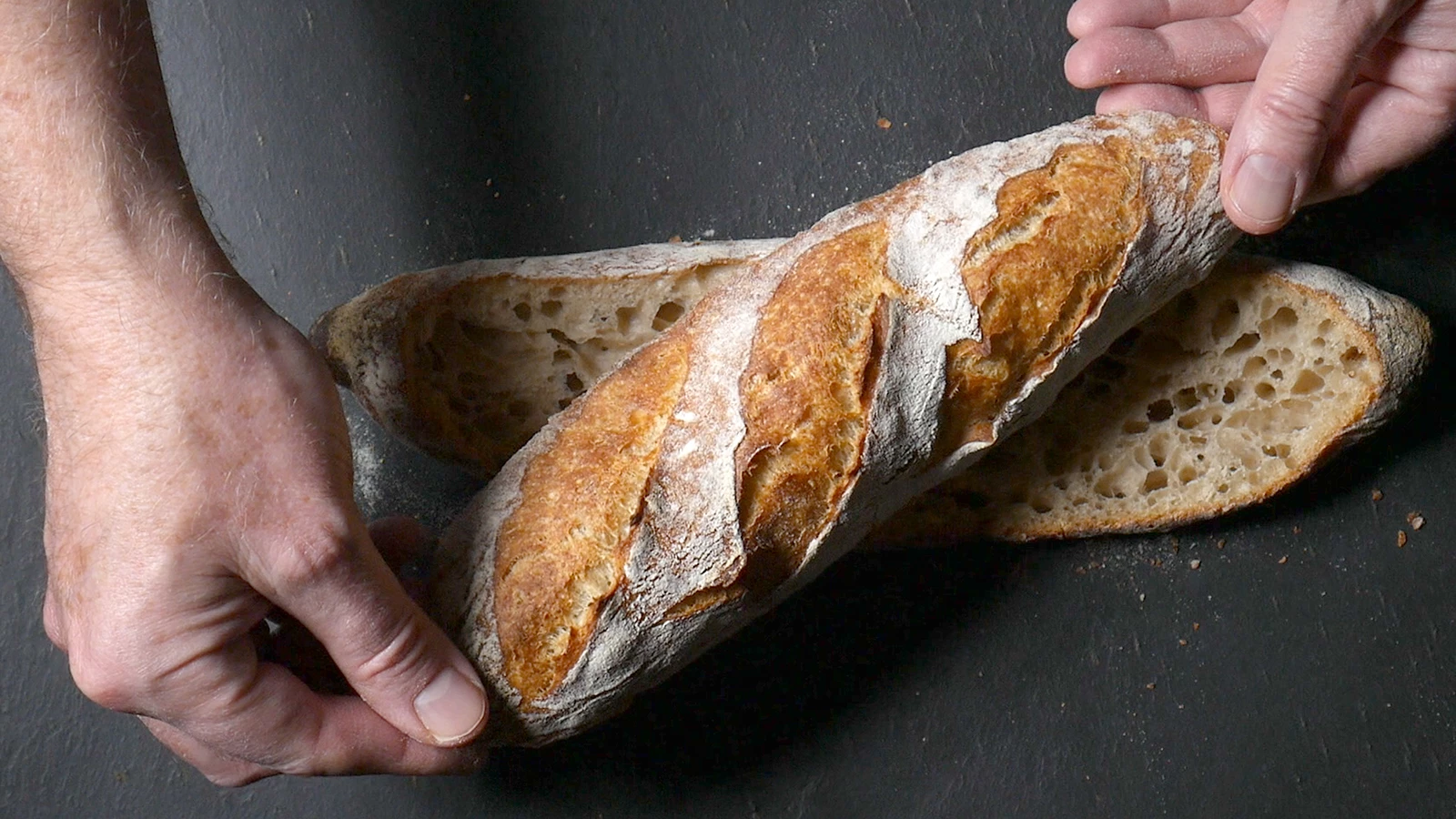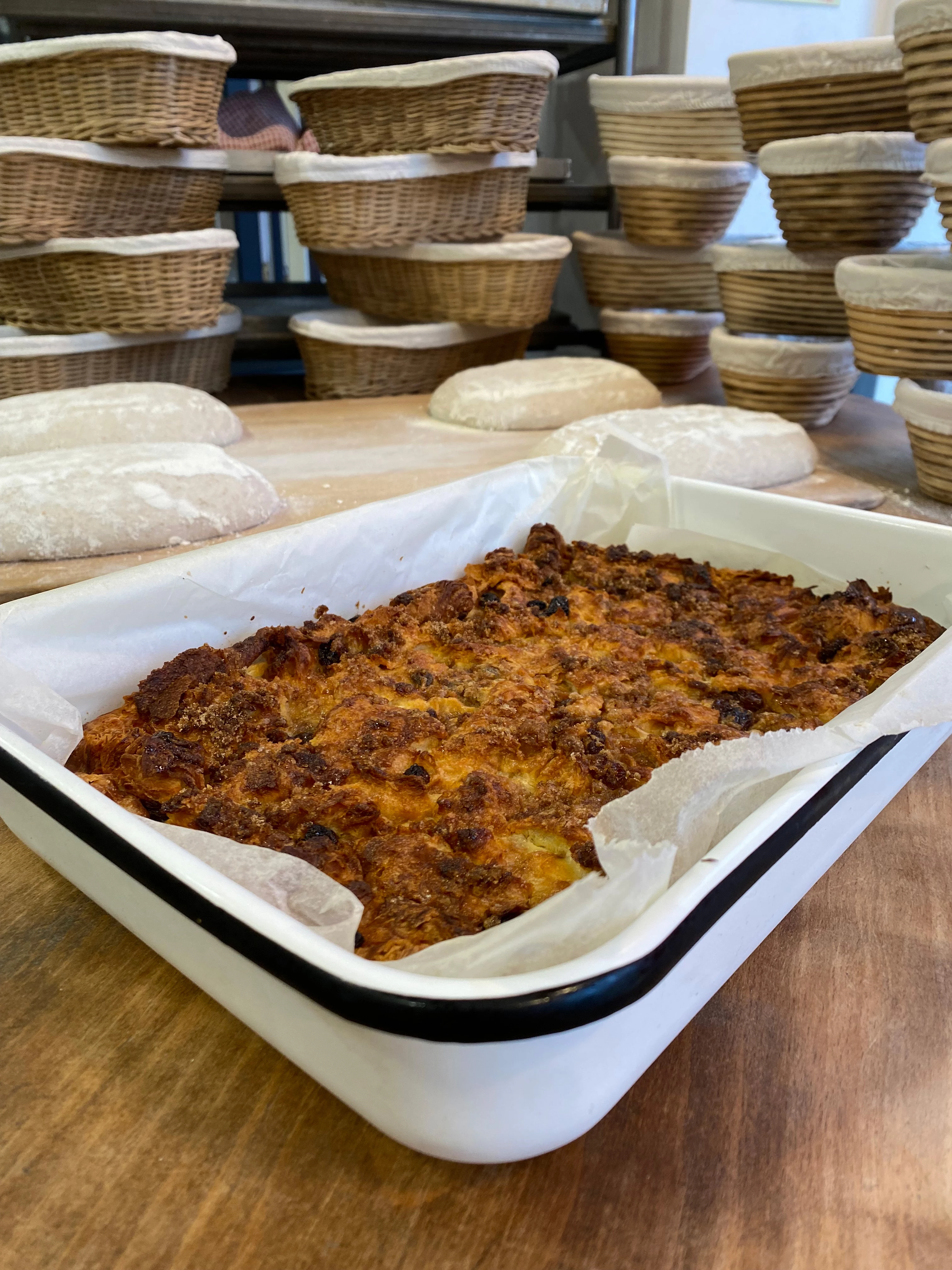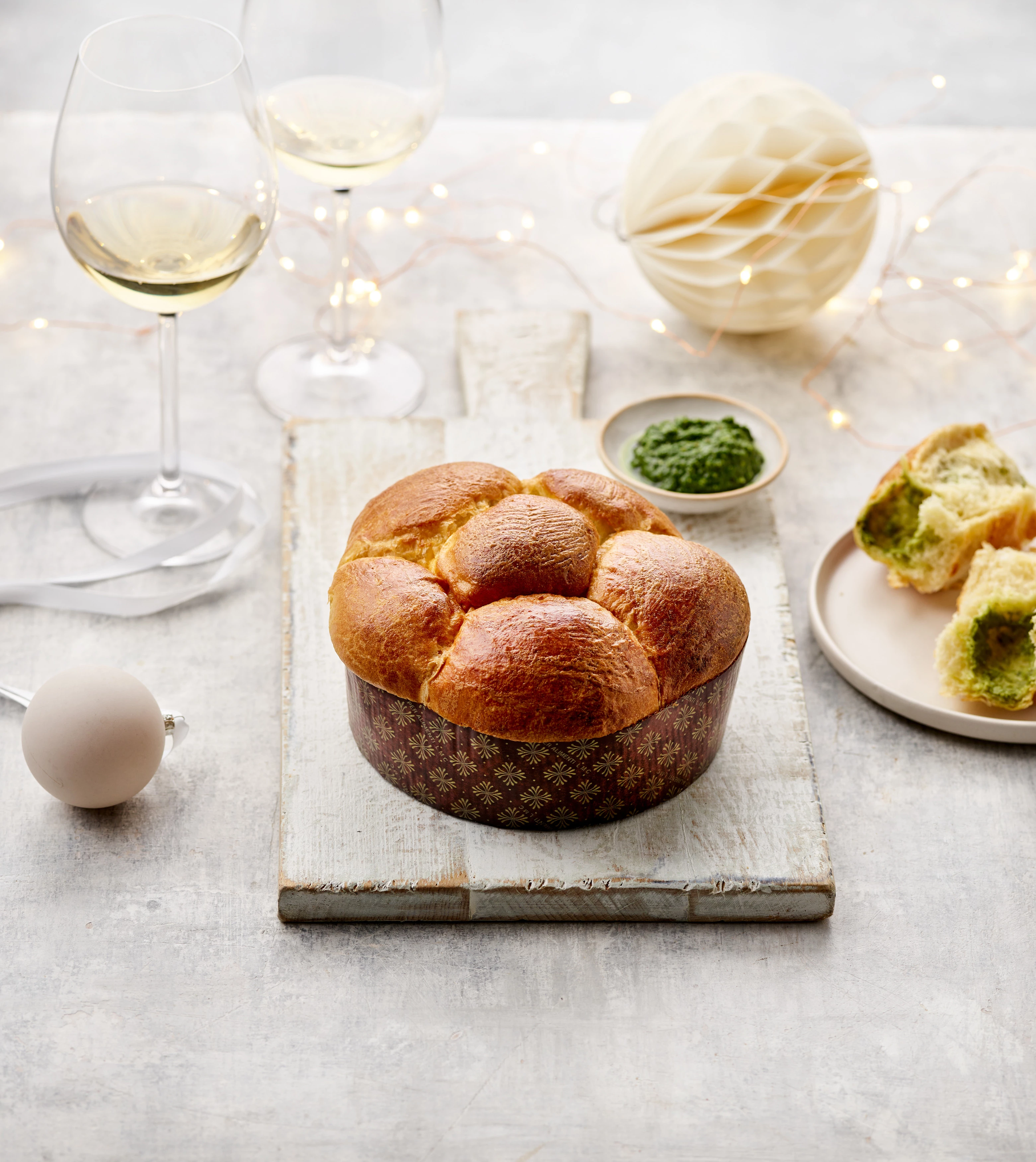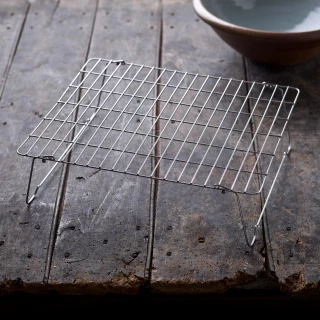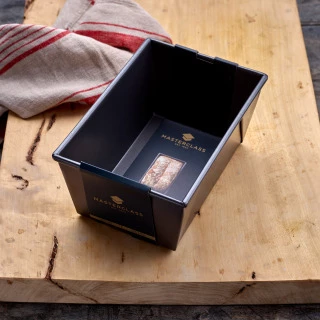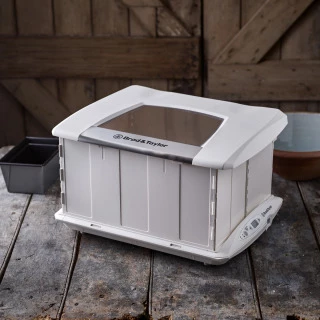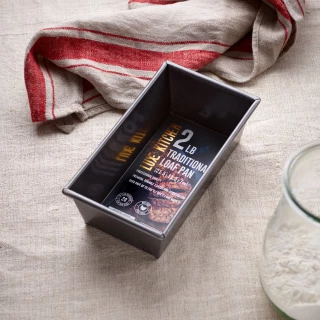Brød & Taylor FAQ
Answers to your questions about… the Brød & Taylor Bread Proofer.
What is the Brød & Taylor Bread Proofer??
It’s a metal heating plate with a folding box that sits above it, holding the warmth or heat in. The lid has a clear Perspex-style window to you can look inside to reassure yourself what state your dough has risen to, though it does mist up when there’s steam inside. Anyway, no peeking is needed, it’s all a bit like watching your clothes in the washing machine, don’t do it (you’ll get dizzy). The Brød & Taylor proofing chamber has an easy-to-use digital display, so you just switch it on, set the temperature and leave it to work. And it folds up neatly for storage, or for taking on holiday I guess.
What is proofing chamber, sounds like torture?
It’s the opposite, the Brød & Taylor bread proofer is the easiest and most effective way to make sure your bread dough rises, yoghurt sets, kefir gets a perfect tangy flavour, kimchee turns out perky and bright. For anything that needs to rise and ferment then the Brød & Taylor is perfect and saves you wasting time and money.
What does proofing mean, and why would or should I care?
I’m glad you asked, and this probably explains why your loaves have been turning out like stones (forgive me for being brutally honest). Proofing as term meant to show or to prove something. And in the old days if your yeast mixture – brewers yeast, barm, sourdough, even fresh yeast sponge or ferment – wasn’t up to scratch then all that expensive flour, time, effort and lost revenue was, as they say up in the north of England, “for nowt”. So bakers would proof yeast to begin with: with a little with flour and water and leave it somewhere warm to see if it would rise and bubble quickly. If not, they’d know to add more yeast, barm, sourdough, whatever they were using to the dough. Likewise they might do a test bake with one loaf and see if it had risen enough. And this rise before baking became known as “proofing”. Do it well and your bread will be showstopping. The Brød & Taylor bread proofer makes this easy.
But can’t I just guess the temperature, or stick it somewhere that feels warm or cool, in order to proof the bread? Surely that’s what people have always done before these new-fangled contraptions?
The more you tell me about your breadmaking, the more I understand why it turns out so random and occasionally terrible (forgive me, but it needed to be said). In olden times people would have an airing cupboard: oddly named as it didn’t air things but kept them warm which dried things out. And something called a cold pantry, either in a basement, sometimes an outside cupboard. Grand houses would have stone-built “stores” for apples and potatoes. These gave relatively consistent temperatures. Well, the Brød & Taylor box does just that: you set a temperature and forget about it. It’s the modern way.
But is a bread proofer worth the money? Couldn’t I just set the oven on a low temperature, then switch it off before the dough goes in?
Gosh it really depends on your circumstances, and how much baking and/or fermenting you want to do. I would say right now that I’m using the Brød & Taylor more than any other appliance for baking, as I often mix dough, cakes etc by hand. I’m using it for all bread dough that needs any gentle warmth, and after panettone baking I’m starting to look more kindly at high-temperature proofing (30C-35C) which I’d previously thought was a no-no: it helps you create extra lightly neutral-tasting bread, very good if you’re adding additional flavours. About that oven trick: it does work for the first hour, as the temperature is dropping, but then you have to re-warm the oven every hour or so. So you can proof bread without a bread proofer, but the Brod & Taylor cabinet makes it very easy to reach and maintain particular set temperatures.

